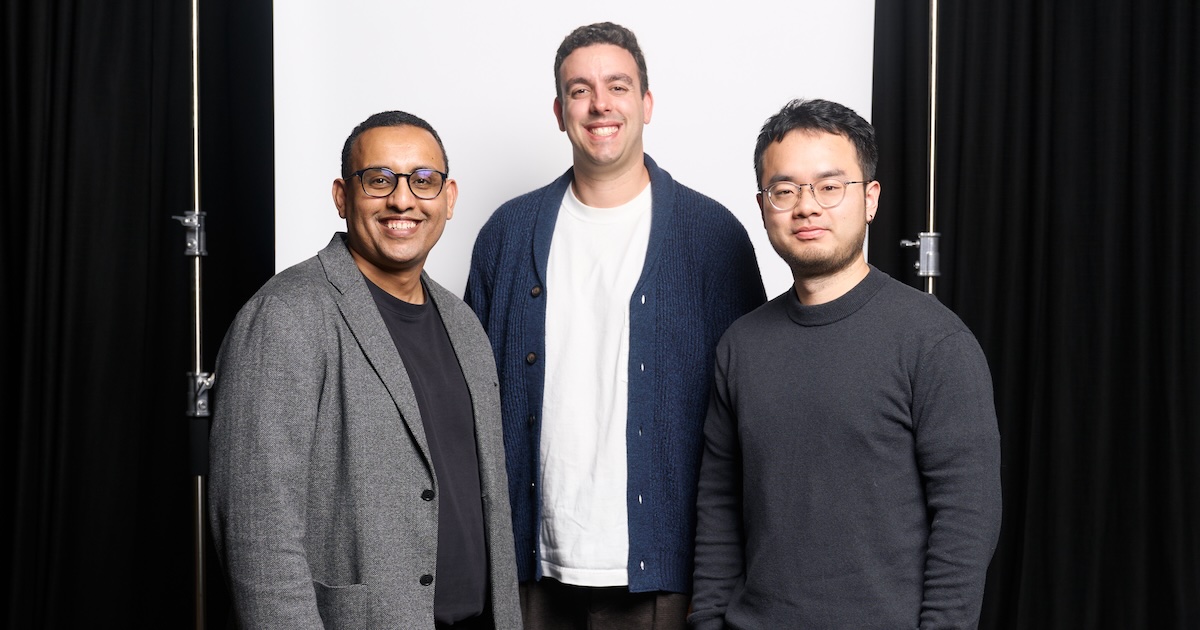
Investment Notes: Syenta
We recently led the seed round into Syenta, a printed electronics company founded in Canberra. The startup has been operating in stealth mode for the past two years, as founders Jekaterina Viktorova and Prof. Luke Connal of the Australian National University developed a multi-material 3D printer that allows customers to deposit materials using electrochemistry.
The venture business comes down to a simple dream: an incredible founder with an incredible vision. In Syenta, there is co-founder Jeka and the idea of a new era in printed electronics.

Jeka
We were first introduced to Jeka by Cameron Ferris, COO and co-founder of Inventia, who described her as a “learn-it-all” and someone with “buckets of passion and drive”.
Blackbird exists for the Jeka’s of the world; someone worth giving a swing at business life too.
She went to university in Germany and worked at a startup that created a sensor to detect whether fresh food had gone off. This is where she began to understand the problems associated with creating printed sensors and electronics in general. She then moved out to Australia to complete her PhD in electrochemistry.
She combines incredible technical depth with the speed of the most impatient entrepreneur. She has brilliant customer instincts and has deeply engaged with end customers through the initial stages of Syenta.
The build-out of Syenta will follow a similar arc to Inventia: build a simple version of the printer for an initial market of customers with their microfab product and address the key technical risks of the ultimate product version, which, if wildly successful has the chance to reshape the way semiconductors are manufactured.

The printer itself is small - all in a box that can fit on your coffee table. It will allow customers to print electronics like sensors, photovoltaics, batteries, PCB’s, antenna independently.
Using the Syenta printer, customers can rapidly fabricate and iterate in-house, building devices such as sensors, photovoltaics, batteries, PCB’s, antenna, and yet to be imagined devices.
The printer cost is low and, crucially, the cost of the ink is cheap and scalable compared with the prohibitively expensive current inkjet PCB printers that currently dominate the market.
The end of the semiconductor rainbow
The seed round will also give the Syenta team the capital to prove key technical milestones around their nano-scale product. There are two key longer term doubts Syenta hope to overcome:
- Can they print in nano rather than micrometres?
- Can printing be done in parallel with many print heads or via a dramatically different architecture?
In the coming years, we’ll also learn a lot about the end markets, like interconnects between chiplets, sensors and beamforming antennas. The company already has customers and is taking expressions of interest for its printers here.
With this seed round, Syenta are also growing their team and are currently looking for an R&D Engineer. Learn more about their team here.
I would be happy to answer any questions you may have on Twitter.
Niki, on behalf of Blackbird





.avif)





.avif)
